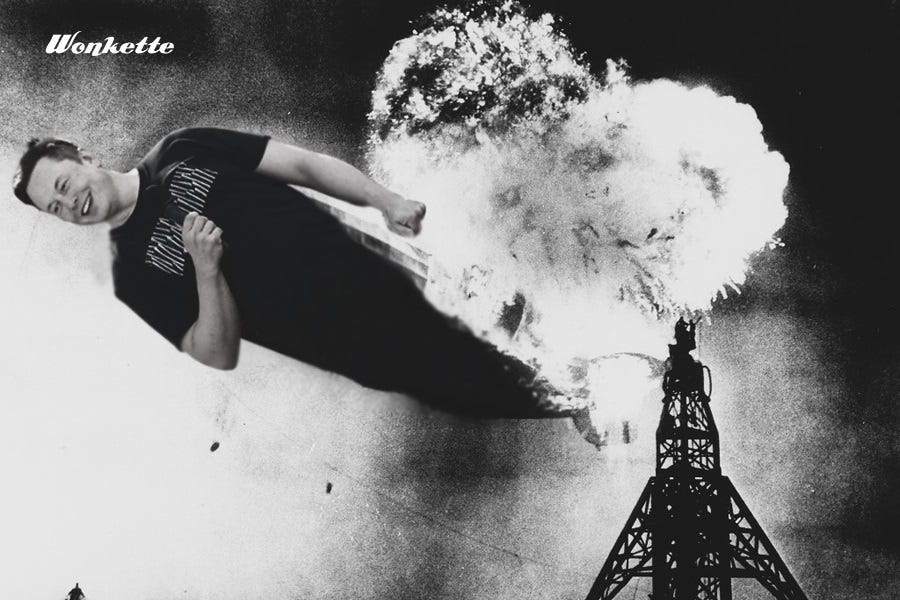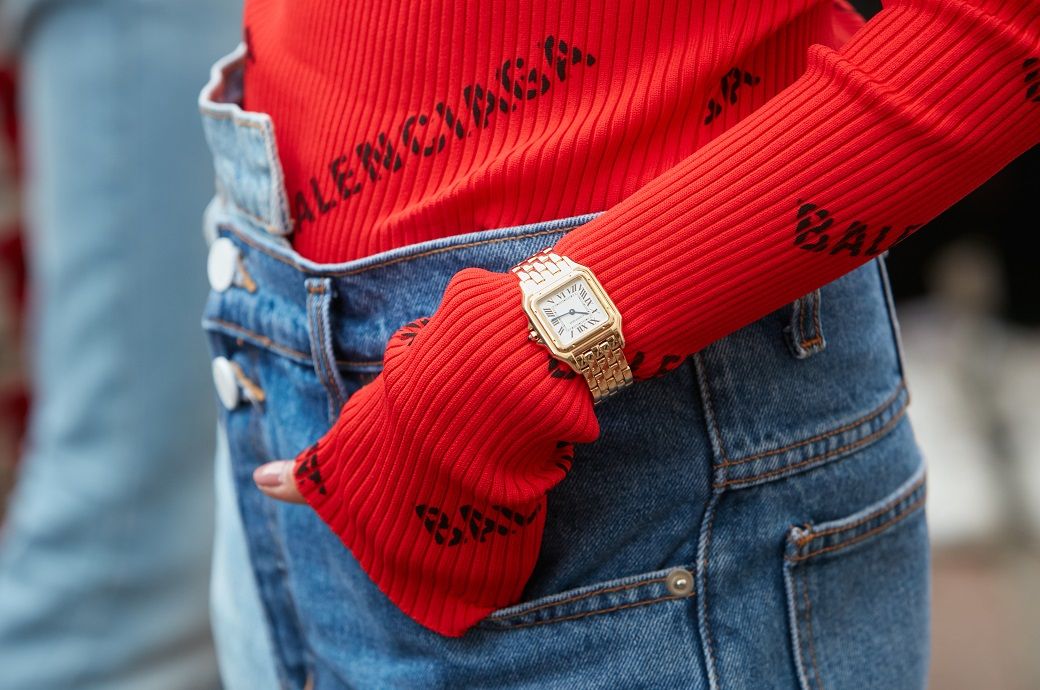I
n your 20s, you could get away with an epileptic skincare routine and still manage to have glowing skin. But your 30s has come with a reality check and it all seems different now. Could this be your current fate? Or perhaps your skincare routine was a ritual, and like always, you never went to bed without properly cleansing and moisturizing your face. But one day, you woke up to a nightmare. This once radiant skin is now covered in inflamed, painful cystic acne.
What is cystic acne?
This is a severe form of acne that occurs when the hair follicles become clogged with oil and dead skin cells. Unlike other types of acne, cystic acne forms deep under the skin, creating large, painful bumps that can leave scars. It can appear on the face, back, chest, and other parts of the body.
What causes it?
There are several factors that cause this form of acne, including genetics, hormonal imbalance, and lifestyle. There’s every possibility that you’ll have cystic acne when someone in your family has it, especially your parents. On the other hand, hormonal imbalance in periods, pregnancy, or even menopause can trigger this condition. In addition, certain medications, such as corticosteroids and lithium, can also cause acne, as can stress, poor dieting, an unhygienic lifestyle, and poor skincare habits.
How do I know I have cystic acne?
Cystic acne is easy to identify because it causes large, painful bumps that do not come to a head like other types of acne. The bumps may be red, swollen, and tender to the touch. Cystic acne can also cause scarring when left untreated.
Why do I suddenly have cystic acne in my 30s?
Many people assume that acne is a problem common to teenagers, but the truth is acne can occur at any age. Adult acne is more common in adults than in teenagers. Here are several reasons why you might suddenly develop cystic acne in your 30s:
- Hormones: As a woman ages, her hormone levels fluctuate, and this triggers cystic acne. Hormonal changes during pregnancy, menopause, or menstruation can be culprits.
- Stress: This is a common trigger for acne. When you are under stress, your body releases cortisol, which can increase oil production and lead to acne.
- Unbalanced diet: Eating a diet high in processed foods, sugar, and dairy can trigger acne. These foods can cause inflammation in the body, which can contribute to the development of acne.
- Skincare switch: If you have been using the same skincare routine for years, your skin may have become accustomed to it. Changing your this can trigger acne as your skin adjusts to the new products.
How to manage cystic acne?
- Wash your face twice a day with a gentle, non-comedogenic cleanser. Be gentle when washing your face. Dermatologists have recommended rubbing the lather on your face because scrubbing too hard can irritate your skin and make acne worse.
- Never pop pimples. Resist the urge to pick or squeeze the acne as this can cause scarring and worsen the situation.
- Use antibiotics and antifungal creams to kill microbes that settle on the skin.
- Exfoliate twice a week. Exfoliating sheds the dead skin cells that would cause the clogging of the pores. However, use a gentle scrub to prevent inflammation and micro-cuts.
- Eat healthy. Avoid foods that can trigger acne, such as processed foods, sugar, and dairy.
- Manage stress through relaxation techniques such as meditation, yoga, or deep breathing.
- Use products that prevent acne and heal the skin after a breakout. These products include salicylic acid, benzoyl peroxide, retinol, niacinamide, and sunscreen.
Keep in mind that every person has a unique type of skin so what works for one person might not work for another. It’s critical to find a treatment strategy that works for you by employing the services of a dermatologist, being patient, and being persistent with your skincare regimen.
Although cystic acne in 30s can be a difficult condition to manage, you can improve the appearance of your skin and regain your confidence with the correct therapy and lifestyle adjustments. Don’t be reluctant to consult a dermatologist and take the required actions to keep your skin clear and healthy.
Featured image: cottonbro studio/Pexels
For the latest in fashion, lifestyle, and culture, follow us on Instagram @StyleRave_
This is a Style Rave original content exclusively created for our readers. If reproduced, distributed, transmitted, cached, or otherwise used by any other publishing house or blogs, such use should provide a direct link to this source article. Use of and/or registration on any portion of this site constitutes acceptance of our Terms & Conditions and Privacy Policy.
—Read also
























































![Key Metrics for Social Media Marketing [Infographic] Key Metrics for Social Media Marketing [Infographic]](https://www.socialmediatoday.com/imgproxy/nP1lliSbrTbUmhFV6RdAz9qJZFvsstq3IG6orLUMMls/g:ce/rs:fit:770:435/bG9jYWw6Ly8vZGl2ZWltYWdlL3NvY2lhbF9tZWRpYV9yb2lfaW5vZ3JhcGhpYzIucG5n.webp)


















